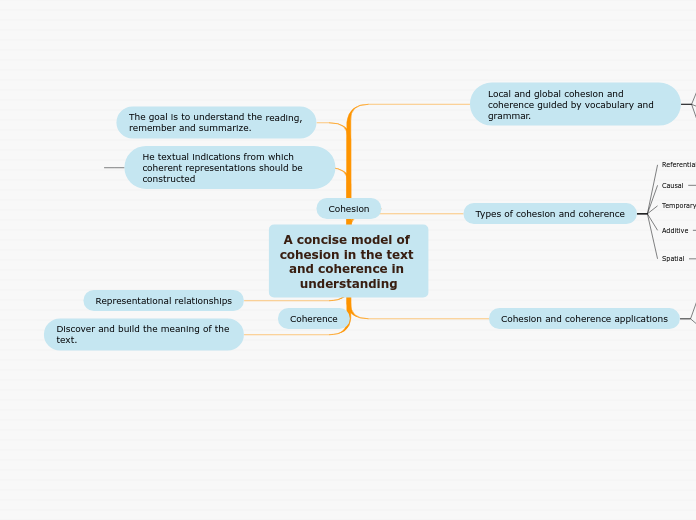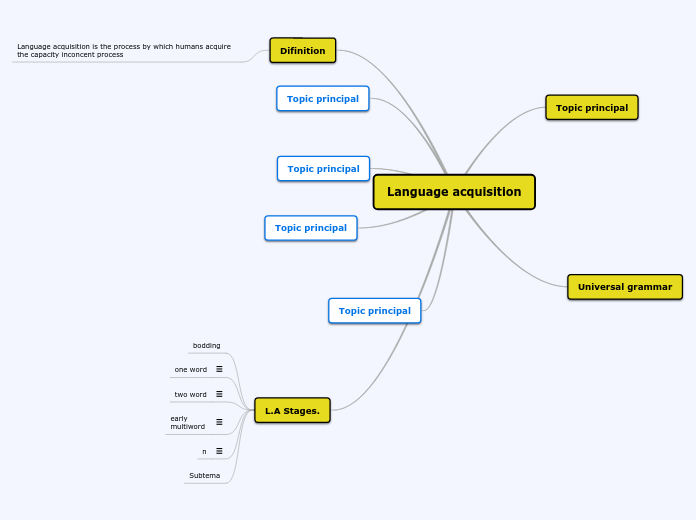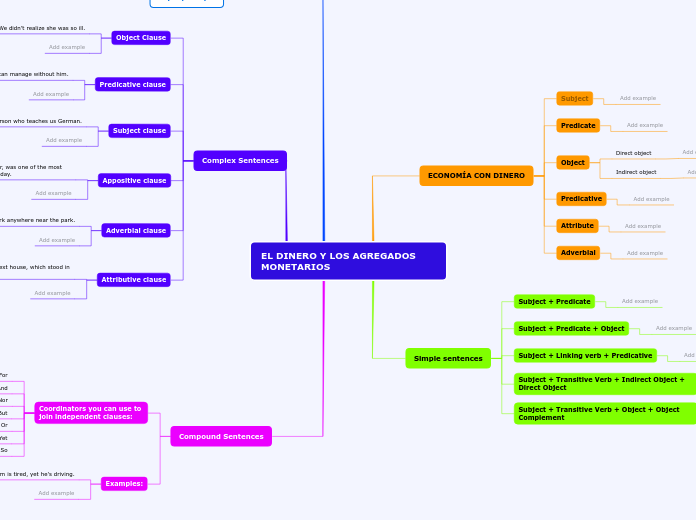Paragraph
To name your story, you have to think about the overall message and what you want your audience to understand from the story. Also, make it relevant and easy to remember.
transition signals
The ending of a story is essential. We all know that if the ending is weak, what happened before loses its importance. So make it unpredictable, but fair. A resolved ending answers all the questions and ties up any loose threads from the plot.
Some examples are: specifically, in this case, to illustrate, for instance, for example, one example of this is, to demonstrate, on this occasion, accordingly, in accordance with
Try answering these questions in order for you to come up with a closure:
- Have all problems been solved?
- Is it clear what happens with all your characters in the story?
- Has the challenged transformed your main character?
- How do the characters feel in the end?
Transition signals will:
• make it easier for the reader to follow your ideas.
• create powerful links between sentences and paragraphs to improve the flow of information across the whole text. The result is that the writing is smoother.
• help to carry over a thought from one sentence to another, from one idea to another or from one paragraph to another.
Try answering these questions to come up with a closure:
- Have all the problems been solved?
- Is there a clear picture of what happens with each character in the story?
- Has the challenge transformed your main character?
- How do the characters feel in the end?
Transition signals are linking words or phrases that connect your ideas and add cohesion to your writing. They signpost or indicate to the reader the relationships between sentences and between paragraphs, making it easier for the reader to understand your ideas.
This is the closure section of the story.
See examples of possible outcomes below:
- all problems have been solved
- it's clear how each one of your characters ends up
- your main character is transformed by the challenge
appropriate number of sentences
If we look around, we'll find that the idea of paragraphs with a minimum of 3-5 sentences and a maximum of 8 is pretty common. But there are some who say that two to three paragraphs per page are best and others who say that 5 to 7 lines will do the job
Proper use of punctuation and capitalization
The middle of the story is where you add layers of complications that will lead to the end. Reveal more about the character's journey. Did their personality go through changes? How did they overcome the challenges? And as you build up the story’s central conflict, make it more personal to that character. Also, from the middle act, you have to lead into the final act.
Grammar is important because it provides information that helps the reader’s comprehension. It is the structure that conveys precise meaning from the writer to the audience. Punctuation helps convey the precise meaning of a sentence – and in fact can even change the meaning. Like punctuation, capitalization helps convey information. The first word of every sentence is capitalized, signaling that a new sentence has begun. Proper nouns – the name of a particular person, place, or thing – are capitalized to indicate uniqueness. However, it is not correct to use capitalization merely to make a word look or seem important.
Each story has a main character and that character usually needs to solve a problem or challenge. The character's challenge is the one that creates tension throughout the story.
Parts of the paragraph
In the beginning of the story (or the exposition), you will need to introduce the setting and characters. You might also want to introduce the main conflict. This part of the story is important because it gives the reader necessary background information and maybe even a first insight into a character’s personality.
Closing Sentence
The setting (time & place) of a story can change throughout the plot.
The closing sentence is the last sentence in a paragraph.
What does it do?
It restates the main idea of your paragraph.
How do I write one?
Restate the main idea of the paragraph using different words.
Sensory details include sight, sound, touch, smell, and taste. These details are important because they create depth in your setting.
See a few examples below:
- the smell of fresh bread
- the scent of freshly cut grass
- rain falling onto the windshield etc.
Supporting Details
They come after the topic sentence, making up the body of a paragraph.
What do they do?
They give details to develop and support the main idea of the paragraph.
How do I write them?
You should give supporting facts, details, and examples.
Topic sentence
Characters are essential to a good story. Usually, the protagonist(s) is/are the most affected by the plot. Introduce a character by focusing on their actions, interests, and occupation, as the physical appearance doesn't make a difference in most cases.
The topic sentence is the first sentence in a paragraph.
What does it do?
It introduces the main idea of the paragraph.
How do I write one?
Summarize the main idea of your paragraph. Indicate to the reader what your paragraph will be about.
Type in the name of your character.










